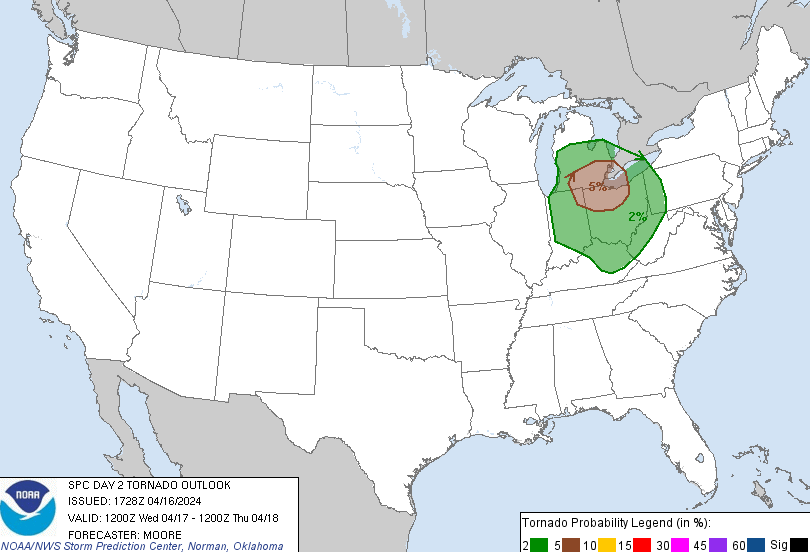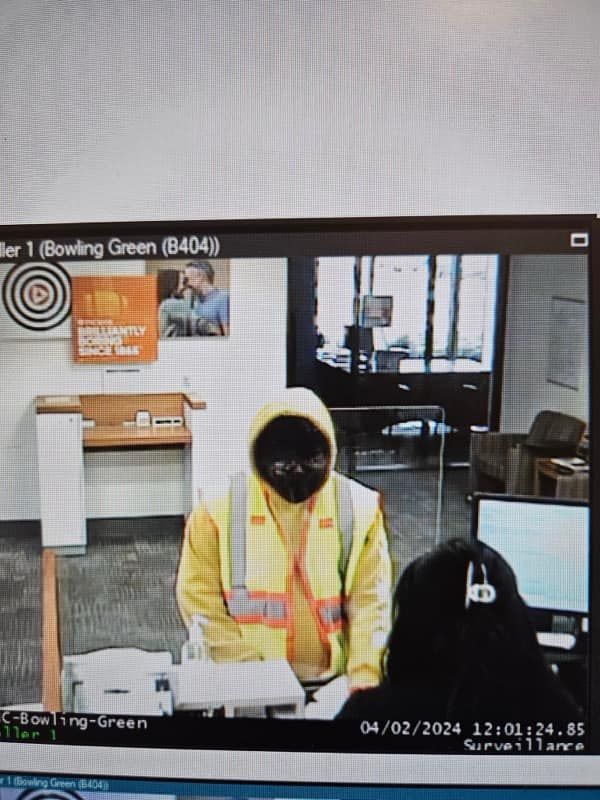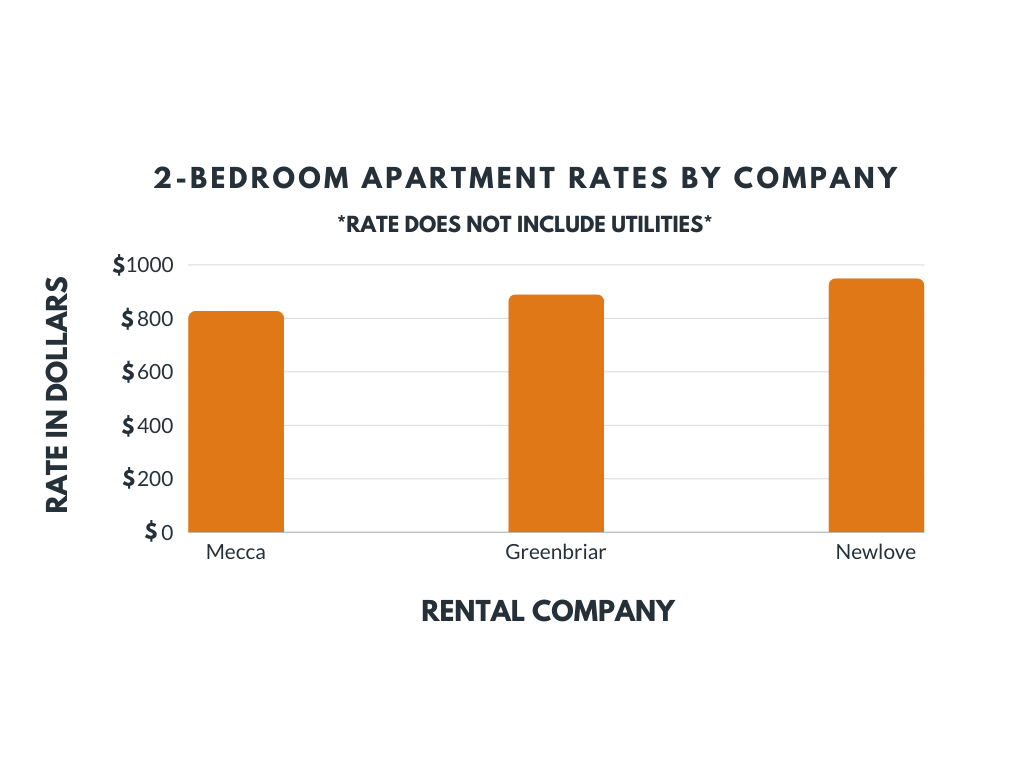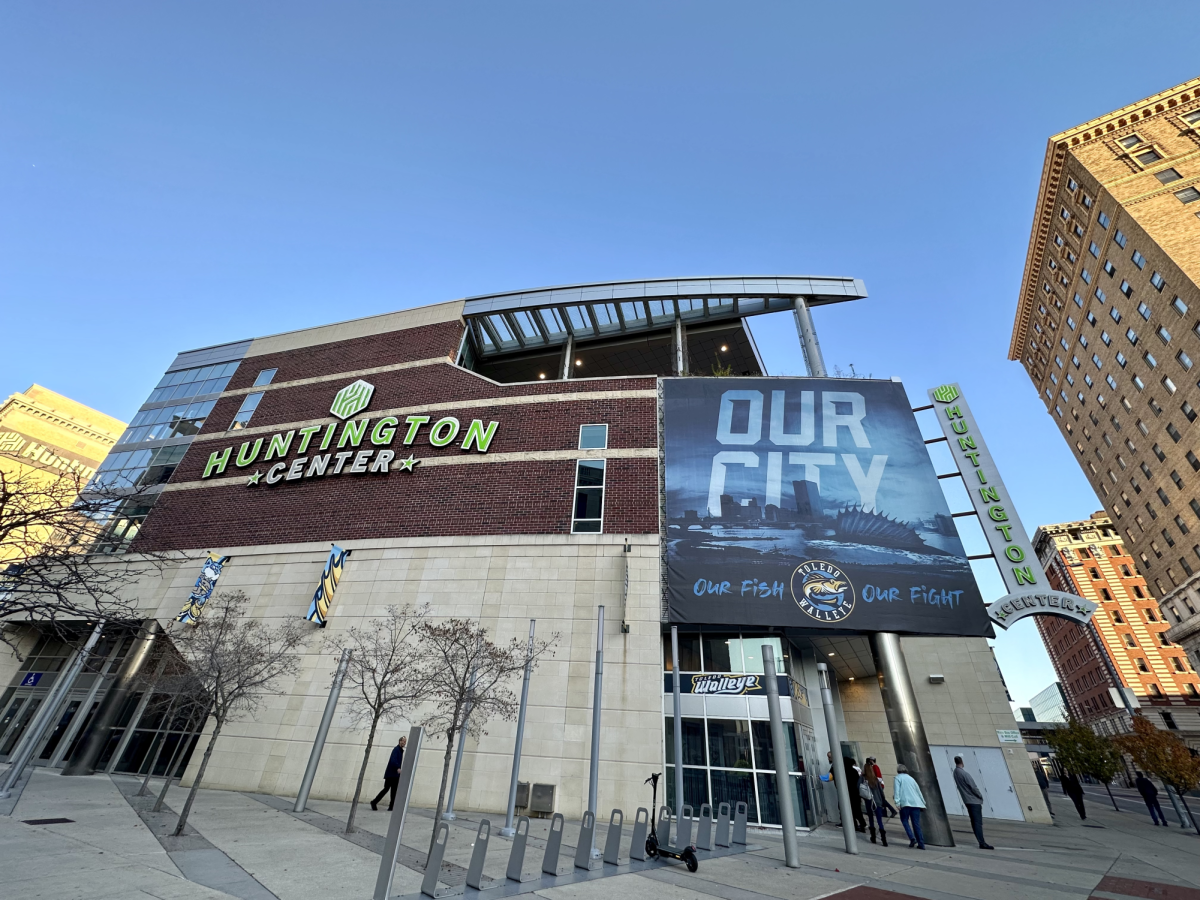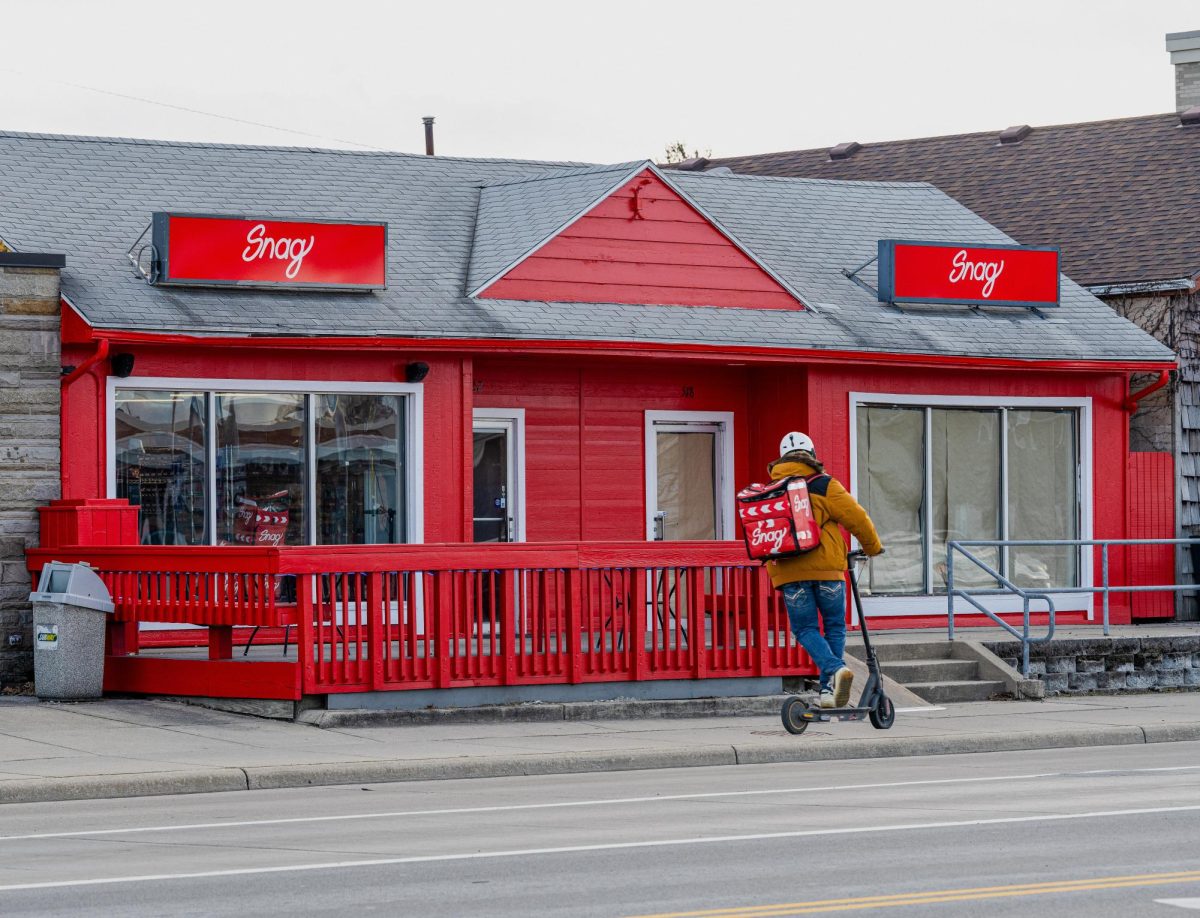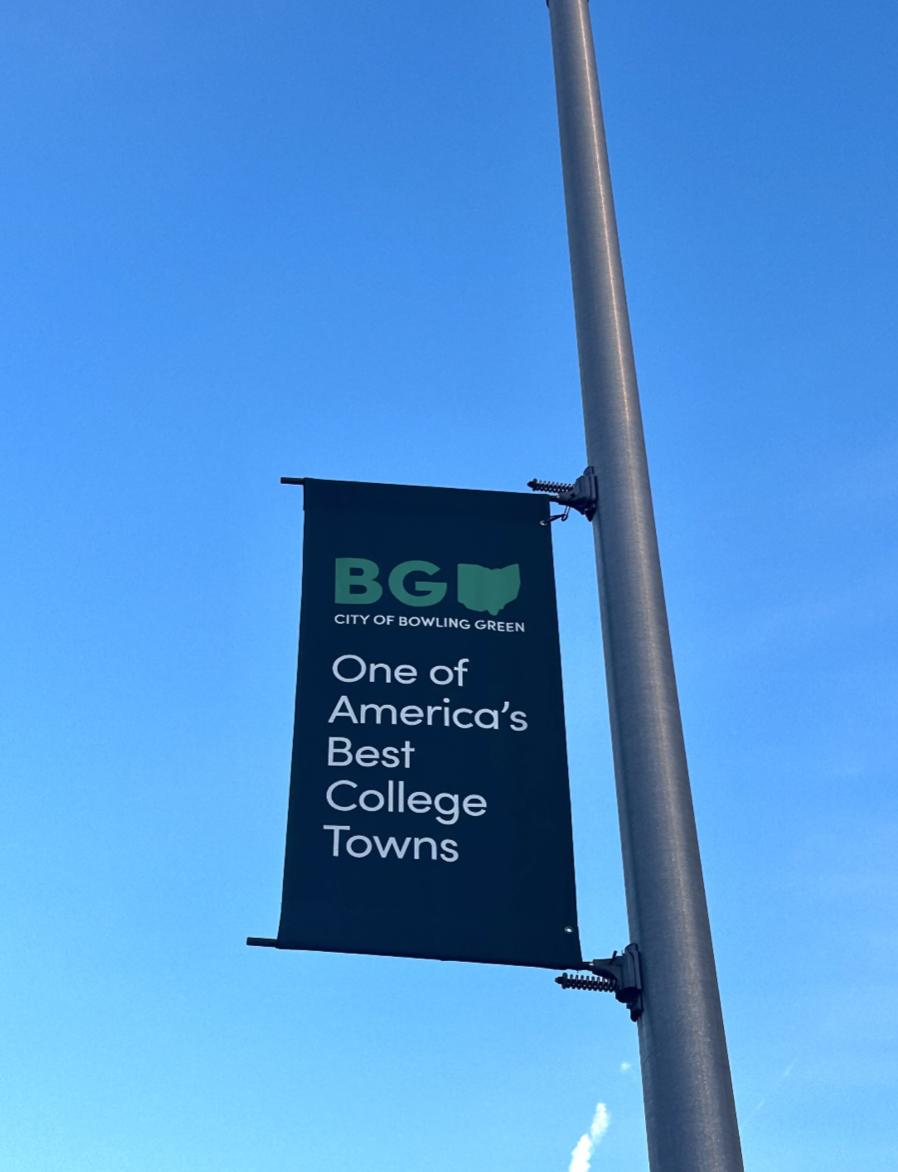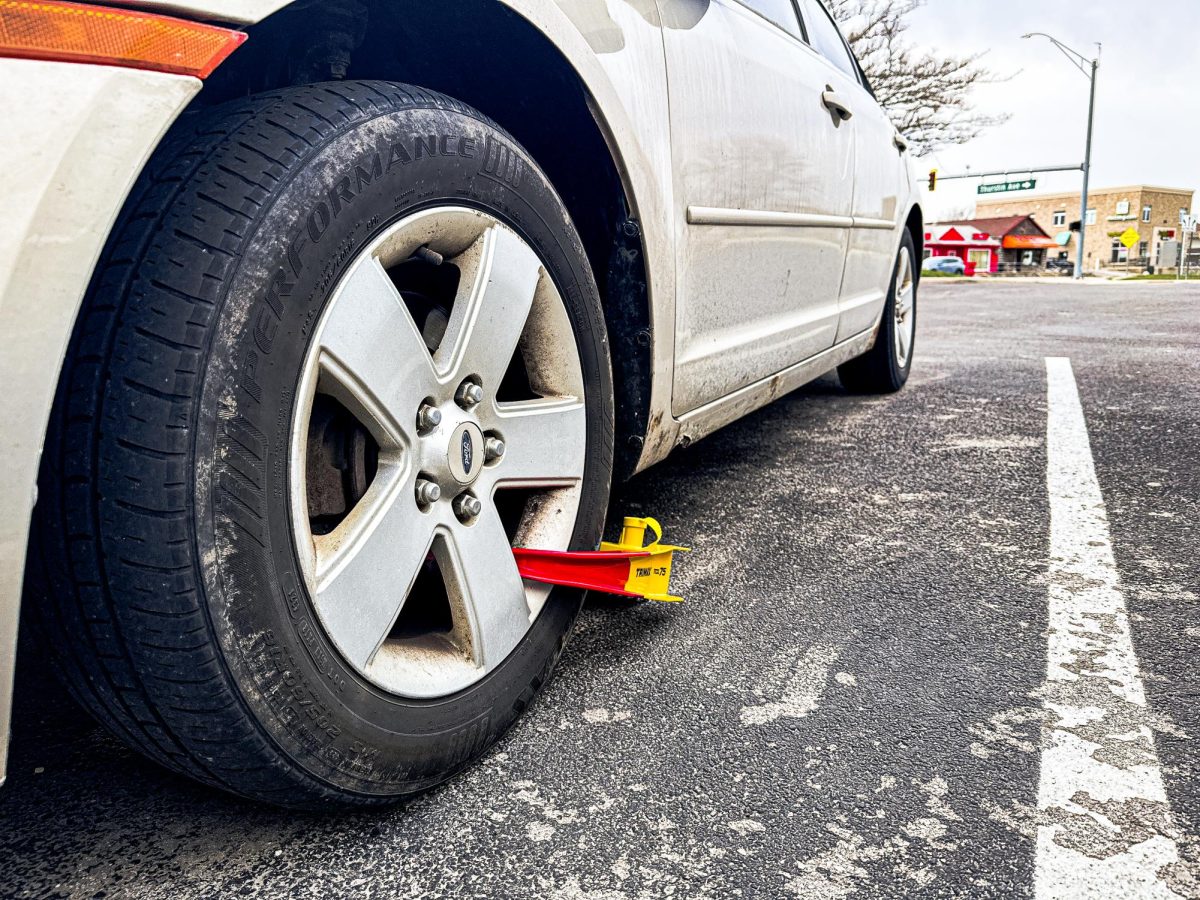You’ve likely driven past them. Abandoned gas stations, burned-out factories or vacant fields. While to most these sites are simply an eyesore, city administrators and environmentalists have a different name for many of them: brownfields.
The Environmental Protection Agency [EPA] defines brownfields as any site that may not be able to be immediately redeveloped due to the presence or potential presence of hazardous materials. Brownfields have been getting attention from national and state government, with the United States EPA recently funding several state and local-level programs to revitalize brownfields.
While other areas of the country are just beginning to taking these steps, Toledo has its own brownfield restoration program, led by Marc Gerdeman. According to Gerdeman, as of 2012 there were 576 brownfield sites scattered throughout the Toledo area.
This number might seem high, but it’s important to note that many brownfields do not fit the idea that many might have in their head.
According to Holly Myers, a lecturer within the University Department of the Environment and Sustainability, it isn’t only the stereotypical abandoned factory that make up brownfields.
“What people don’t realize is gas stations often are brownfields, or in the past would become brownfields,” Myers said. “Any gas station that’s been abandoned, especially if the underground storage tanks haven’t been removed, is going to be labeled a brownfield.”
Laundromats, Myers said, are also often labeled as brownfields due to the chemicals used to wash clothing, such as bensaldahyde, a chemical found in laundry bleaches that can irritate parts of the body it comes into contact with.
“It’s not just these great big huge leftover factories or abandoned factories,” she said. “That’s why we have these perceptions, because we know what could cause environmental harm … but we don’t often go and test it.”
Gerdeman said the biggest obstacle to cleaning brownfield sites lies in the site’s ownership. In order for the city to clean a brownfield up, they have to acquire ownership first.
“Dealing with a property that has back taxes and has no real estate value is a tough sell as to why the City would want to own [it],” he said.
While it might be a tough sell, a 2011 study published by the American Journal of Epidemiology found that the revitalization of urban space is correlated with decreased gun crimes and less stress for surrounding residents. Researchers from the University of Pennsylvania surveyed people around 50,000 vacant lots in Philadelphia, about 10 percent had been greened, 90 percent had not.
These findings are consistent with what Gerdeman has noticed.
“It’s sort of a game-changer,” he said. “We get a lot of gangs that kind of overtake some of these buildings or properties and whatnot, so anything we can do to demolish them … it’s sort of a win-win for everyone in the community.”
Another factor that contributes to the city’s reluctance to purchase has to do with liability. Federal law places responsibility for the effects a brownfield has on the surrounding area upon the owner of the property.
The EPA states that what is considered “clean” varies based on what the rehabilitated land will be used for. For example, if a site is not going to be a regular host to children, elderly or other individuals with weak immune systems, the definition of “clean” is more lenient than if the site would be home to a school or nursing home.
This, Myers said, has given cities a chance to catch up, and they’re beginning to see results.
“Cities were being paralyzed,” Myers said. “Now we have a plan that – we’re seeing more brownfields be redeveloped.”









